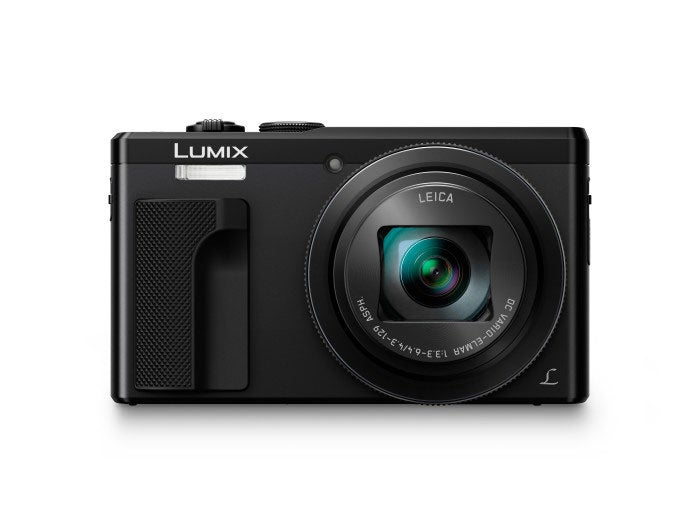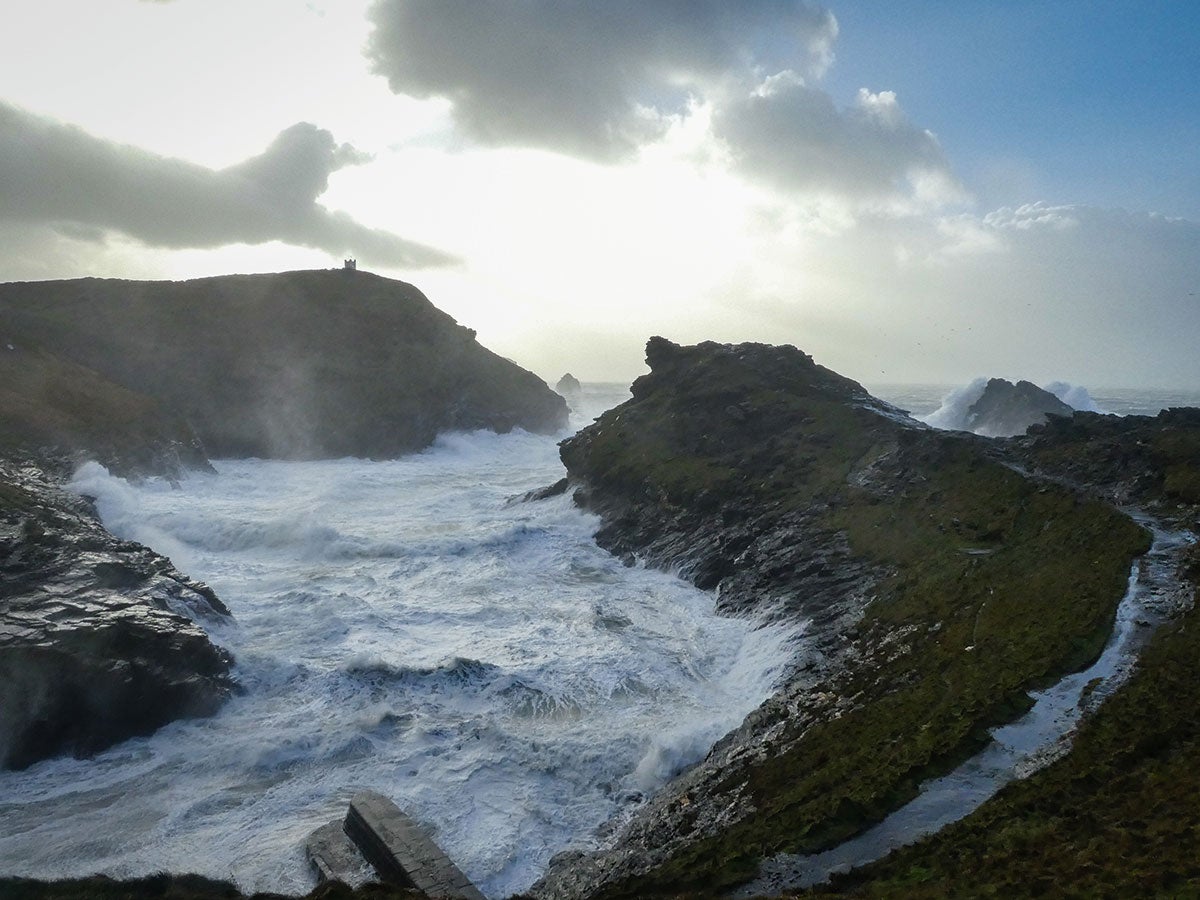The Lumix DMC-TZ80 brings 4K video and touchscreen control of Panasonic's popular TZ travel-zoom range, along with a new sensor and a faster image processor. Audley Jarvis takes a look
Panasonic Lumix DMC-TZ80 review
Panasonic Lumix DMC-TZ80 review – Features

Panasonic Lumix DMC-TZ80 – Front
The Lumix DMC-TZ80 is built around a 1/2.3in High Sensitivity MOS sensor with 18.1 million pixels of effective resolution. Panasonic claims this new sensor offers better performance at higher sensitivity settings than the 12.1-million-pixel sensor fitted to the TZ70. Panasonic’s latest Venus Engine image processor provides a fairly significant boost to processing speeds, which in turn enables the TZ80 to offer a new 40fps Super High burst mode. This is supported by High (10fps), Medium (5fps) and Low (2fps) options – all of which lock focus on the first frame. Should you want the autofocus to remain active during burst shooting, the TZ80’s maximum speed is 5fps.

The new Venus Engine processor also helps to facilitate the TZ80’s headline-stealing new feature: 4K video capture at 25fps. In addition to 4K, the TZ80 also provides 1080p full HD (50/25fps), 720p HD (25fps) and VGA (25fps) video-recording options.
As with many other recent 4K-capable Lumix cameras, the TZ80 also features Panasonic’s proprietary 4K Photo mode that enables 8-million-pixel still images to be extracted from 4K footage in a variety of useful ways. Panasonic has also included its relatively new Post Focus technology that lets you select the point of focus in an image after it has been captured. This is undoubtedly novel and fun to play with, but it’s a bit gimmicky and certainly no game-changer.
Native sensitivity ranges from ISO 80 to ISO 3,200, with an extended setting of ISO 6,400. The maximum shutter speed is 1/2000sec using the mechanical shutter, or 1/16000sec when the new electronic shutter is employed. On the front, the 30x Leica DC Vario-Elmar optical zoom remains unchanged from the TZ70, providing a 24-720mm equivalent range with a maximum aperture of f/3.3-6.3. Panasonic’s excellent 5-axis hybrid OIS image-stabilisation helps you to get sharper images.




